
Politics
20:13, 20-Jan-2018
From cherries to Confucius Institutes: China-Latin America relations at a glance
By Zhao Li
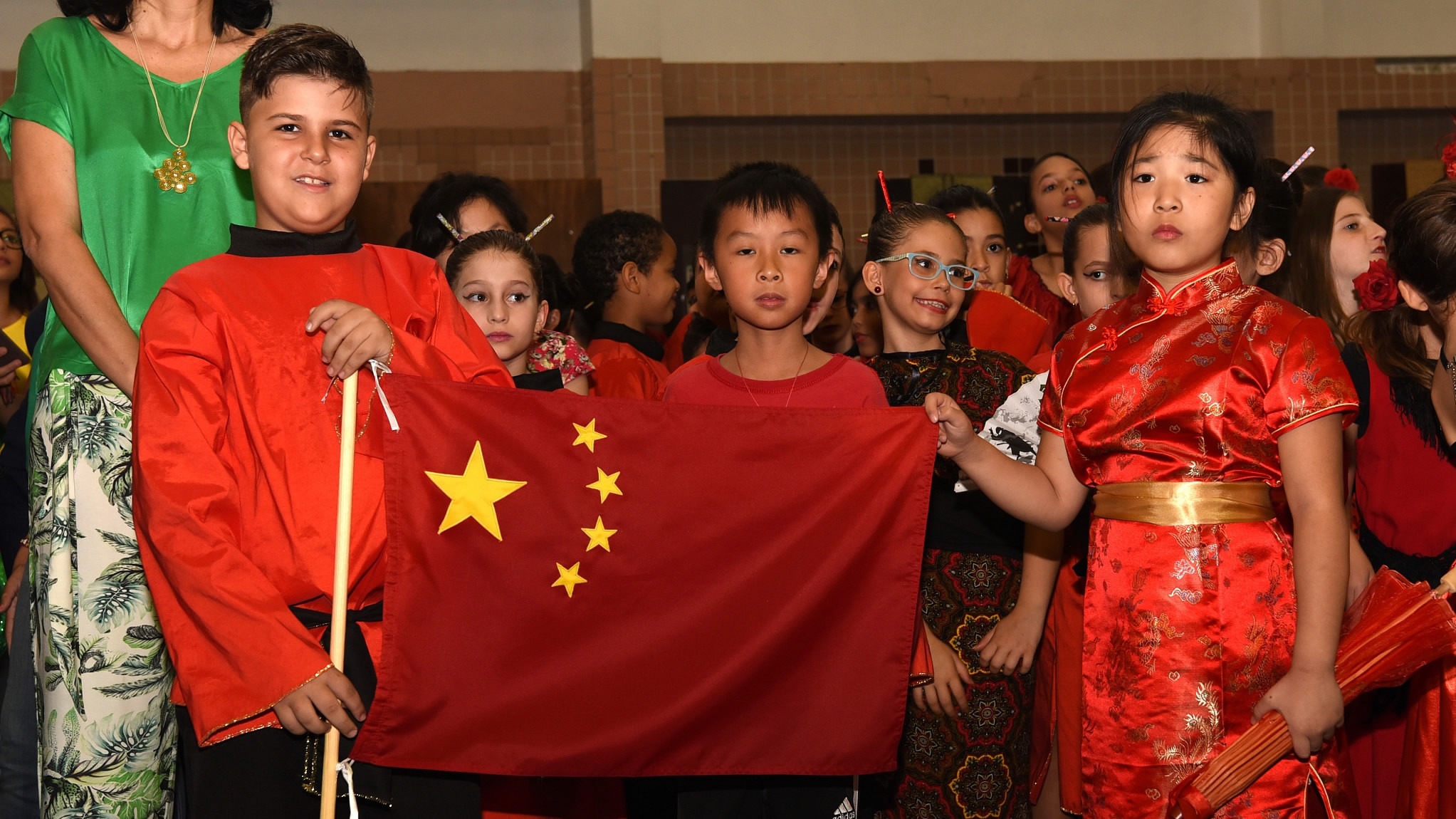
The wild and exciting Samba dance show is no longer the only way for the Chinese people to get to know Latin America.
The products like plump red-colored Chilean cherries and long-lasting Ecuadorian roses have become part of Chinese people’s daily life over the past few years.
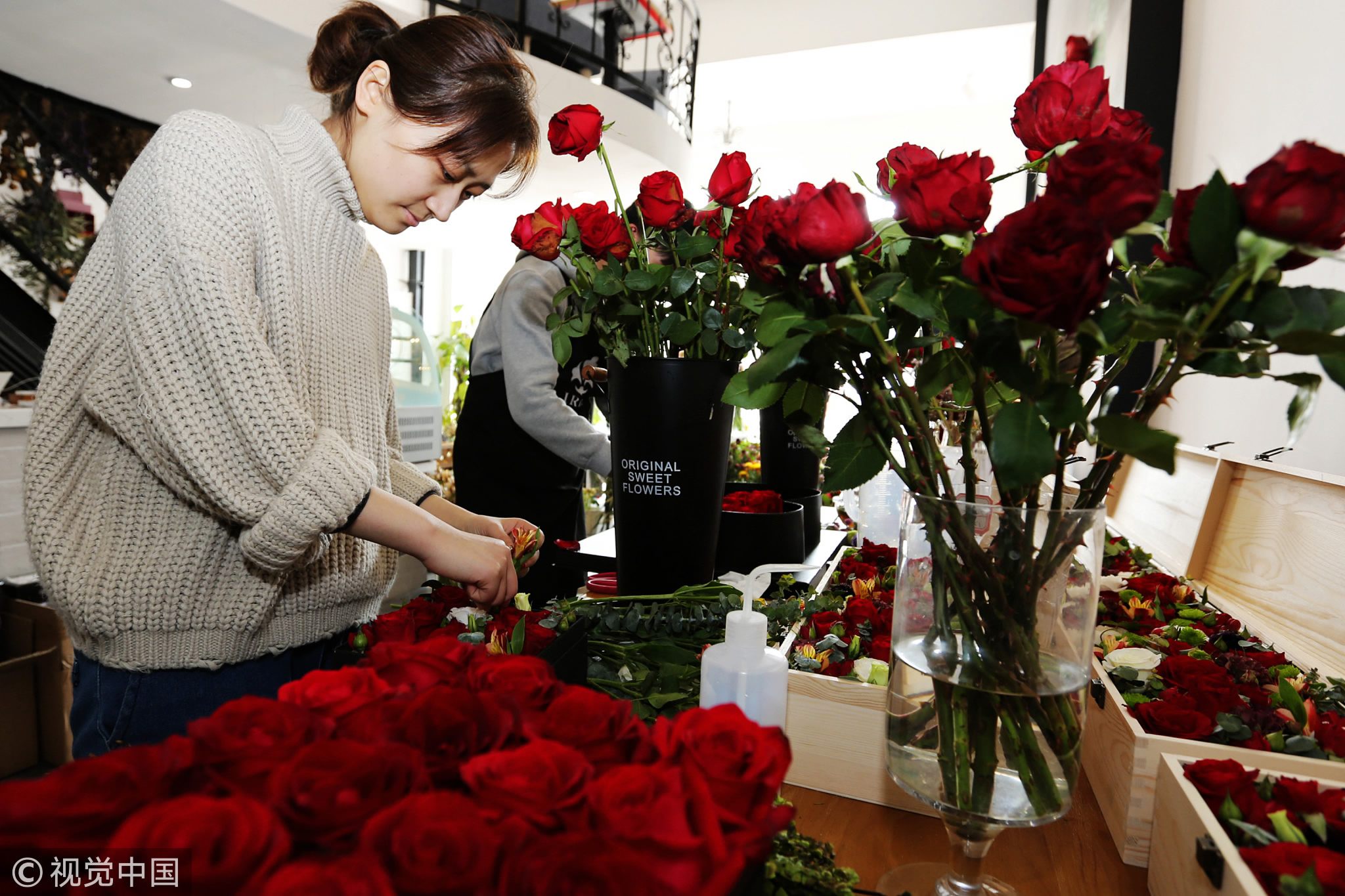
A staff of floristry in Xiangyang, Hubei Province wraps Ecuadorian roses. /VCG Photo
A staff of floristry in Xiangyang, Hubei Province wraps Ecuadorian roses. /VCG Photo
In 2017, total trade volume between China and Latin America reached 266 billion US dollars, according to Economic Commission for Latin America and the Caribbean (ECLAC). That is over 16 times more than that of 2000. China has become the second largest trading partner of the region and third largest investor.
On the invitation of foreign ministers of Chile and El Salvador, Chinese Foreign Minister Wang Yi is now attending the second ministerial meeting of the Forum of China and the Community of Latin America and Caribbean States (CELAC) in Santiago, Chile from January 19 to 22. Wang will also make an official 5-day visit to Chile and Uruguay starting from January 21.
Frequent high-level political interactions
Top officials from the two regions have been making frequent visits since 2013. The relations between the two regions took a big step forward after President Xi Jinping’s visit to Latin America in 2014, which pushed forward the establishment of China-CELAC Forum, including China and 33 Latin American and Caribbean countries.
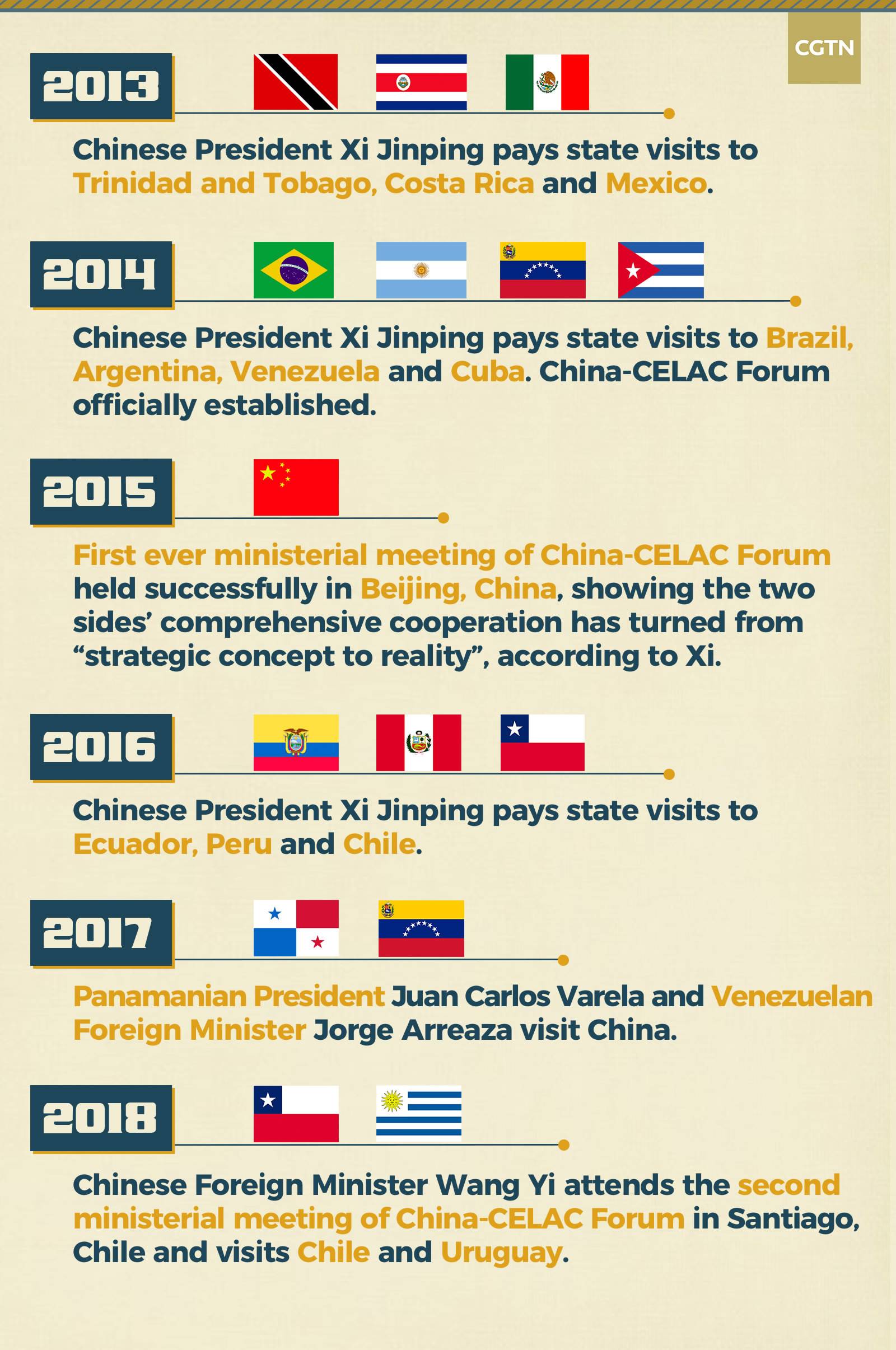
The two regions have also pushed for political party exchanges. During President Xi’s visit in 2014, he said that China would invite 1,000 top party officials from Latin America and the Caribbean region to China from 2015 to 2019.
Following that, the International Liaison Department of the Central Committee of the Communist Party of China would invite another 1,200 top party officials from Latin America to China, based on the statement of the first ministerial meeting of China-CELAC Forum.
Director of the Regional Cooperation Center of Research Institute of Chinese Ministry of Commerce Zhang Jianping told Knews, official multimedia platform of Shanghai Media Group, that he believes President Xi’s frequent visit to Latin America is not simply out of long-term friendship between the two regions, but the important role Latin American countries have been playing in the multi-level economic structure across the world.
Investment & financial support to Latin America
China had imported 80 percent of Chilean cherries, becoming the largest importer in the last season, according to Chilean Fruit Exporter Association. It imported Uruguay's over 42 percent of wool and 27 percent of beef, along with many other goods like copper, oil, and soybeans in 2016.
China took a step further in 2015, purposing a “Twin Ocean Railway” in the 2015-2019 cooperation plan, a transcontinental railroad which will connect Peru’s Pacific coast with Brazil’s Atlantic Road.
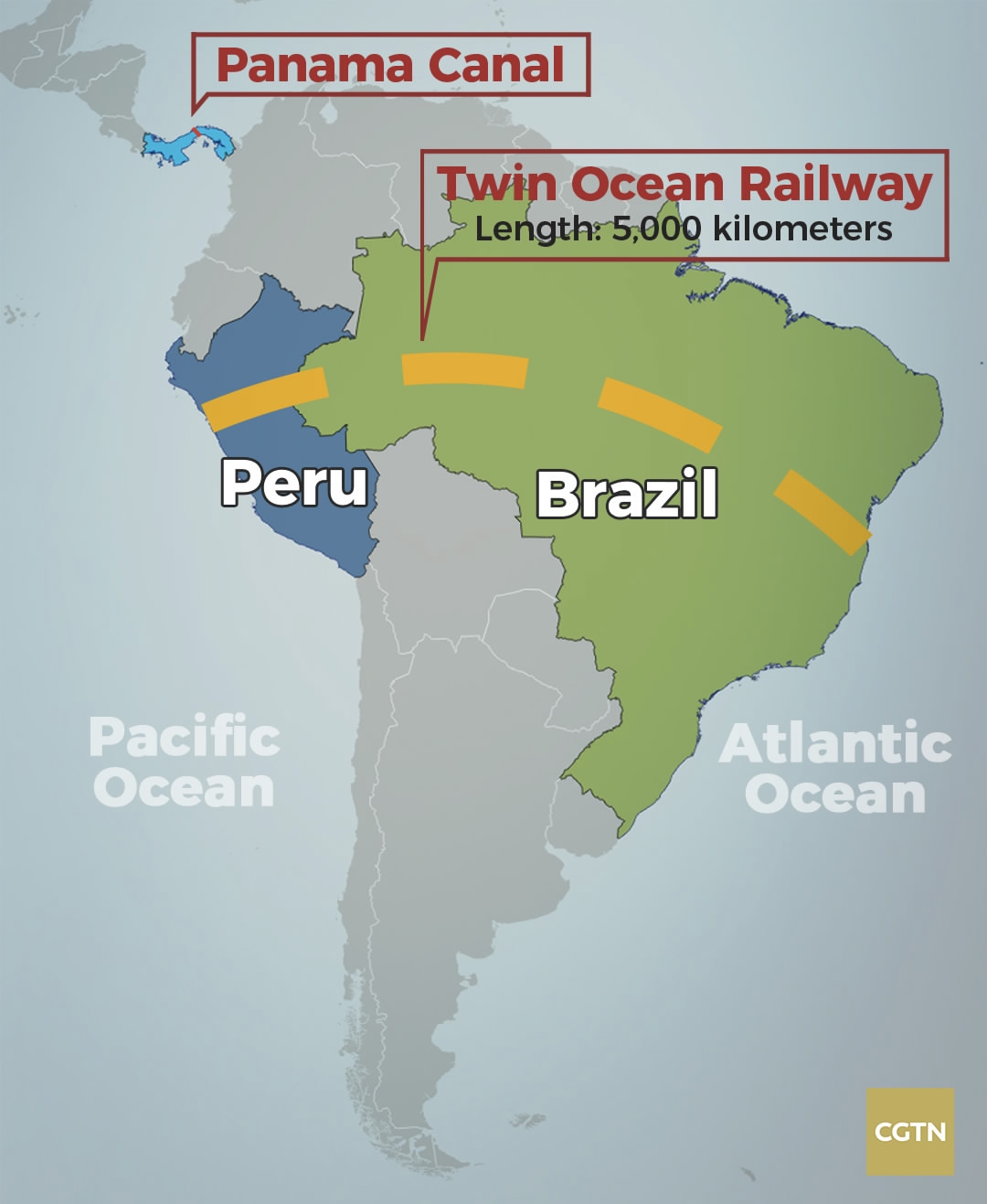
The railway is facing some “difficulties” due to political and economic conditions in the participating countries. It has also received criticism from the locals. However, Zhang told Knews these voices should not be taken seriously.
This will be such a vast project, which will for sure, requires more investment, more extended building period and better construction skills, the finishing product will bring an incredible economic boost to both Latin America and China, he said.
Not just the trade ties that make the two regions closer, but the investment and financial support China has offered to Latin America.
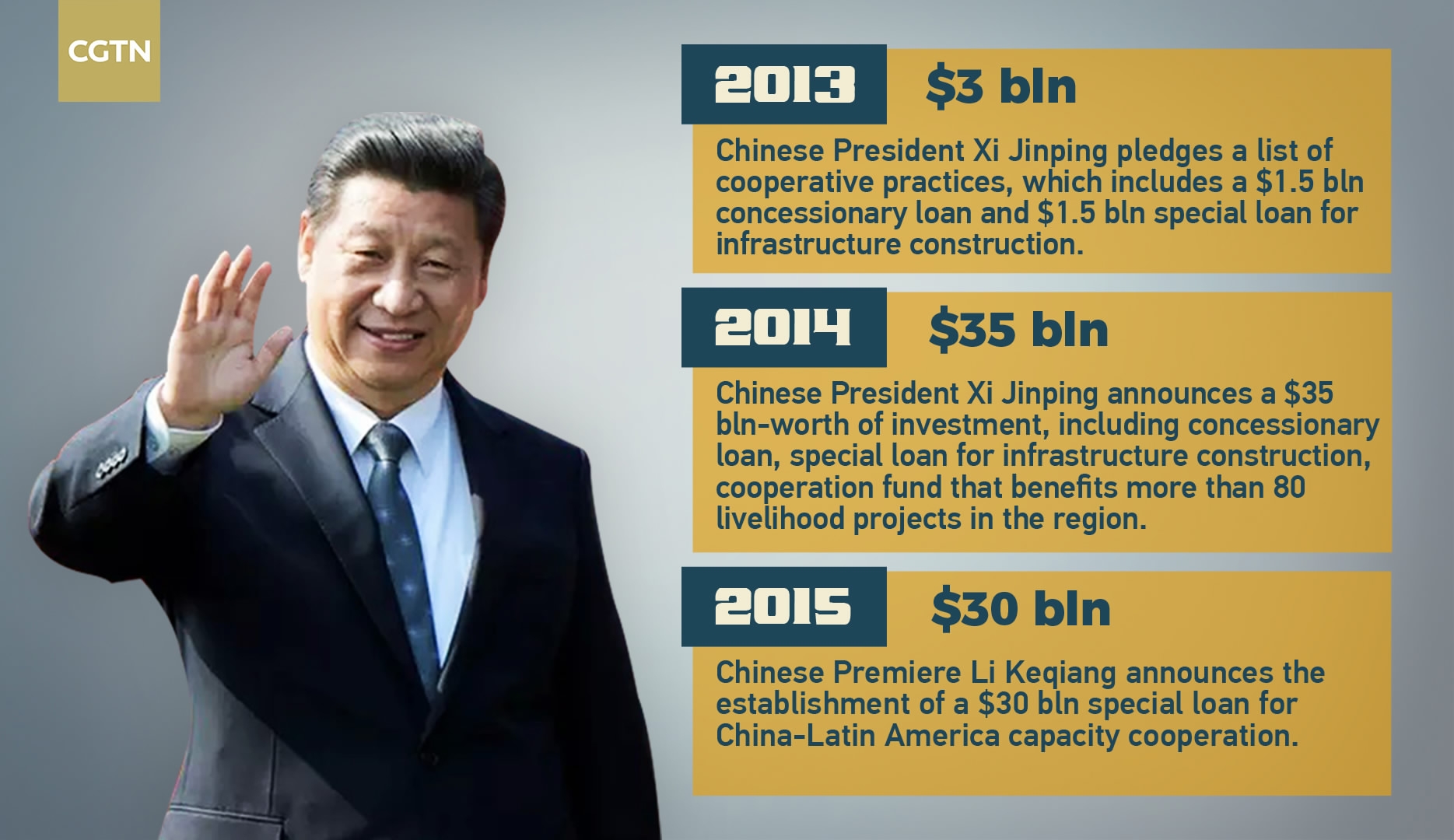
The region has also welcomed the China-proposed “Belt and Road Initiative,” which aims for better infrastructure, trade and cultural exchanges between Asia, Europe and Africa. Chilean President Michelle Bachelet and Argentine President Mauricio Macri traveled all the way for the International Cooperation of the Belt and Road Forum in Beijing in May last year.
Macri said the initiative would boost connectivity between China, Argentina and the rest of the world.
Cultural and People-to-people exchanges
Latin America's interest in the Chinese language and culture is rising, as shown by the vigorous expansion of the Confucius Institute.
The Confucius Institute, a nonprofit public agency affiliated with the Chinese Ministry of Education with a goal to spread the Chinese language and culture to the whole world, first opened in Mexico in 2006. China Daily reported that as of the end of 2017, there are 39 Confucius Institutes and Confucius centers in 20 countries of the region.
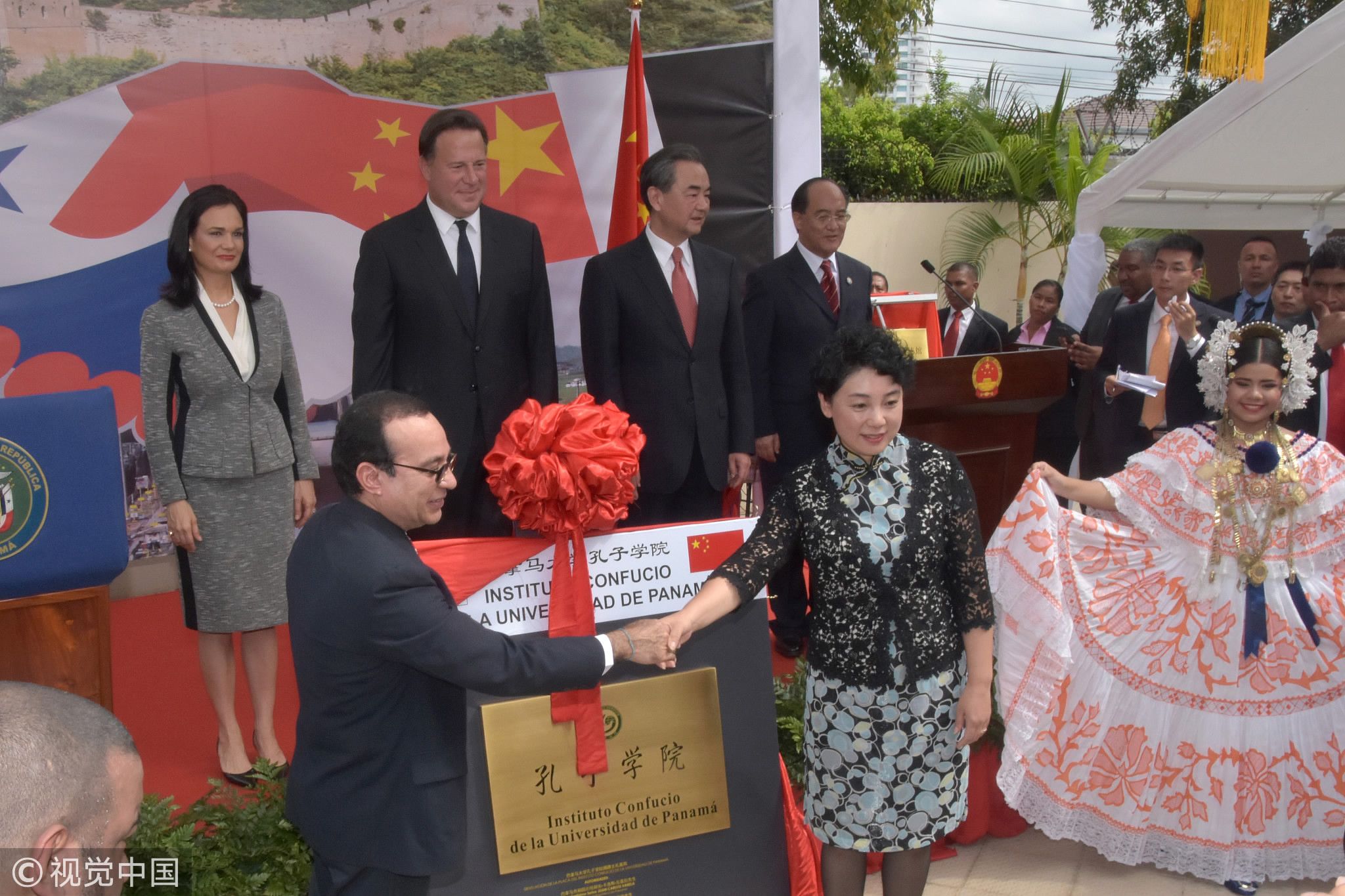
A Confucius Institute opens in Panama City, Panama, on Sep. 17, 2017. /VCG Photo
A Confucius Institute opens in Panama City, Panama, on Sep. 17, 2017. /VCG Photo
"The region's Confucius Institutes receive a lot of support from the (Latin American) governments, and are well-received by locals," Chinese Ambassador to Peru Jia Guide said at the opening of the seventh Congress of Confucius Institutes in Latin America.
In 2014, Chinese President Xi Jinping announced China’s offer of 6,000 government scholarship quota to Latin America and the Caribbean region. Two years later, another 10,000 training opportunities in China were provided to the region.
“We sincerely hope that through this meeting (the second ministerial meeting of the Forum of China and the CELAC), China and CELAC could work together to elevate the China-Latin America comprehensive cooperation partnership of equality, mutual benefit and common development to a higher level,” said Chinese Foreign Ministry spokesperson Lu Kang during the January 16 press conference.

SITEMAP
Copyright © 2018 CGTN. Beijing ICP prepared NO.16065310-3
Copyright © 2018 CGTN. Beijing ICP prepared NO.16065310-3